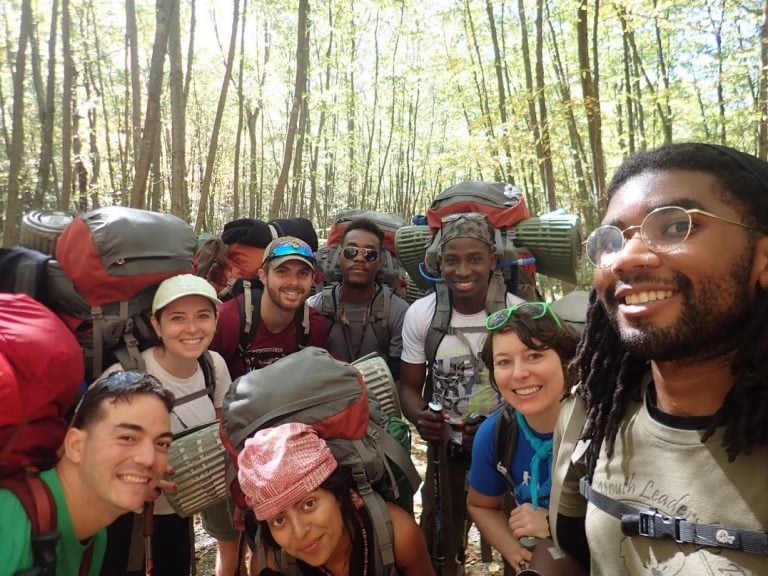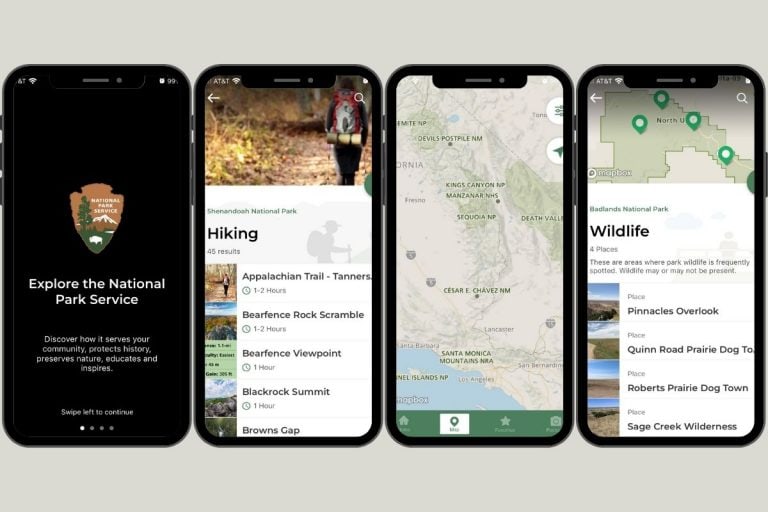America’s National Parks Will Close If the Government Shuts Down
This news story about the closing of national parks in case of a government shutdown is based on a September 29, 2023, Department of the Interior press release. You can read the original release here.
People who’d been planning a fall trip to a national park—and that includes me—will be sorely disappointed if the U.S. government shuts down this weekend.
According to a statement from the Department of the Interior (DOI), a government shutdown will also mean the closure of almost all national parks.
In its statement, the DOI says it’s “committed to upholding the highest standards of public access to and maintenance of America’s national parks and public lands. Our national parks reflect who we are as a country and unite us in our common purpose to not only enjoy their beauty, but also to preserve them for all Americans to enjoy.”
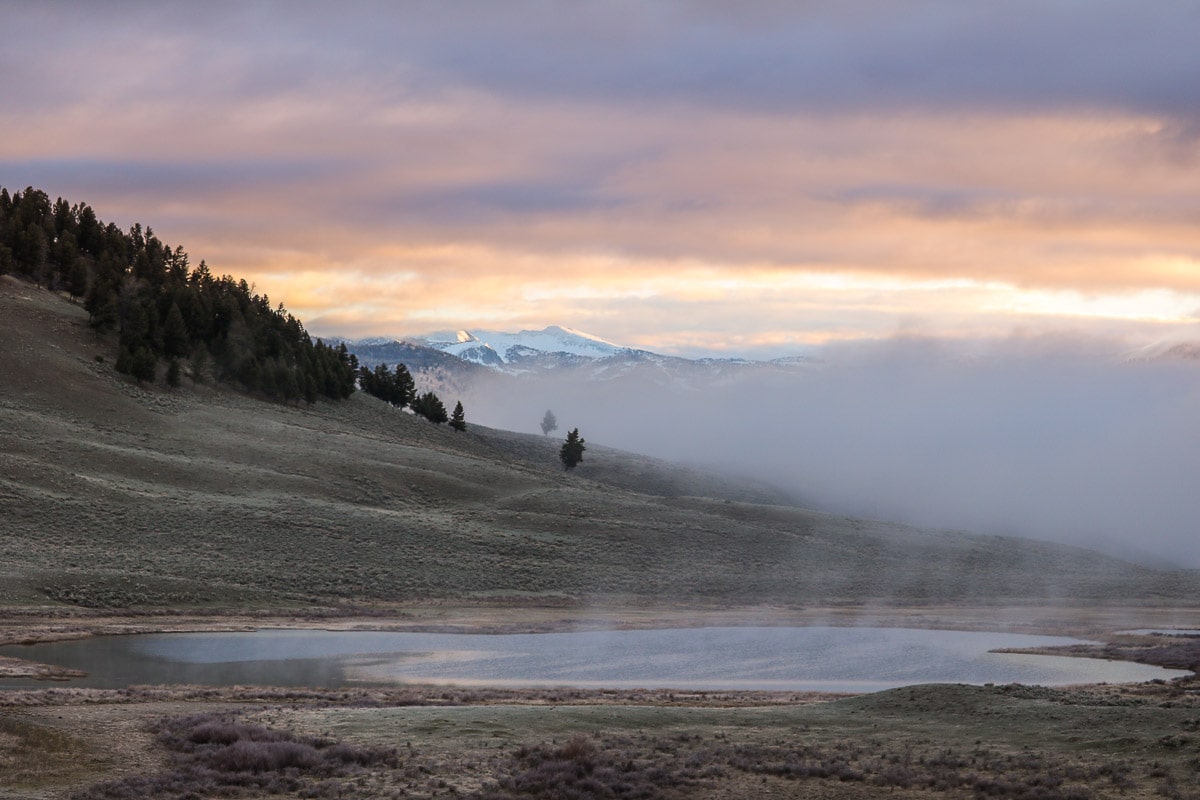
National Parks Will Close In Case of Government Shutdown
“However, in the event of a lapse in annual government appropriations, National Park Service (NPS) sites will be closed. This means that the majority of national parks will be closed completely to public access,” the DOI said.
Areas that, by their nature, are physically accessible to the public will face significantly reduced visitor services.
At NPS sites across the country, gates will be locked, visitor centers will be closed, and thousands of park rangers will be furloughed.
Accordingly, the public will be encouraged not to visit sites during the period of lapse in appropriations out of consideration for protection of natural and cultural resources, as well as visitor safety.
Services and Sites Impacted by Lapse in Appropriations
Visitors should expect that many of the services and facilities they depend on at national parks will be closed or largely unavailable during a shutdown.
Due to the dramatic differences in accessibility, operations, size, visitation, location and infrastructure represented in NPS sites, the number of employees on site will vary.
As a general rule, if a facility or area is locked, secured or otherwise inaccessible during non-business hours (buildings, gated parking lots, bathrooms, etc.), or is closed regularly for safety or resource protection, it will be locked or secured for the duration of the lapse in appropriations.
Parks will not provide regular road or trail condition updates. As a part of their orderly shutdown activities, park staff will post signs as appropriate to notify visitors that services, maintenance or other non-emergency management activities will not be conducted.
For gateway communities, local tour operators and guides, the looming closure of national parks due to a government shutdown means a potentially severe financial hit.
Especially in parks that attract leaf-peepers or wildlife enthusiasts in October, the consequences for the local economy will be significant. Examples are communities near parks like Great Smoky Mountains, Shenandoah, Acadia, Yosemite, Grand Teton, and Yellowstone.
Additionally, as reported by the National Parks Traveler, some websites related to national parks, especially the popular Fat Bear Week webcams in Alaska’s Katmai National Park, will also be taken down.
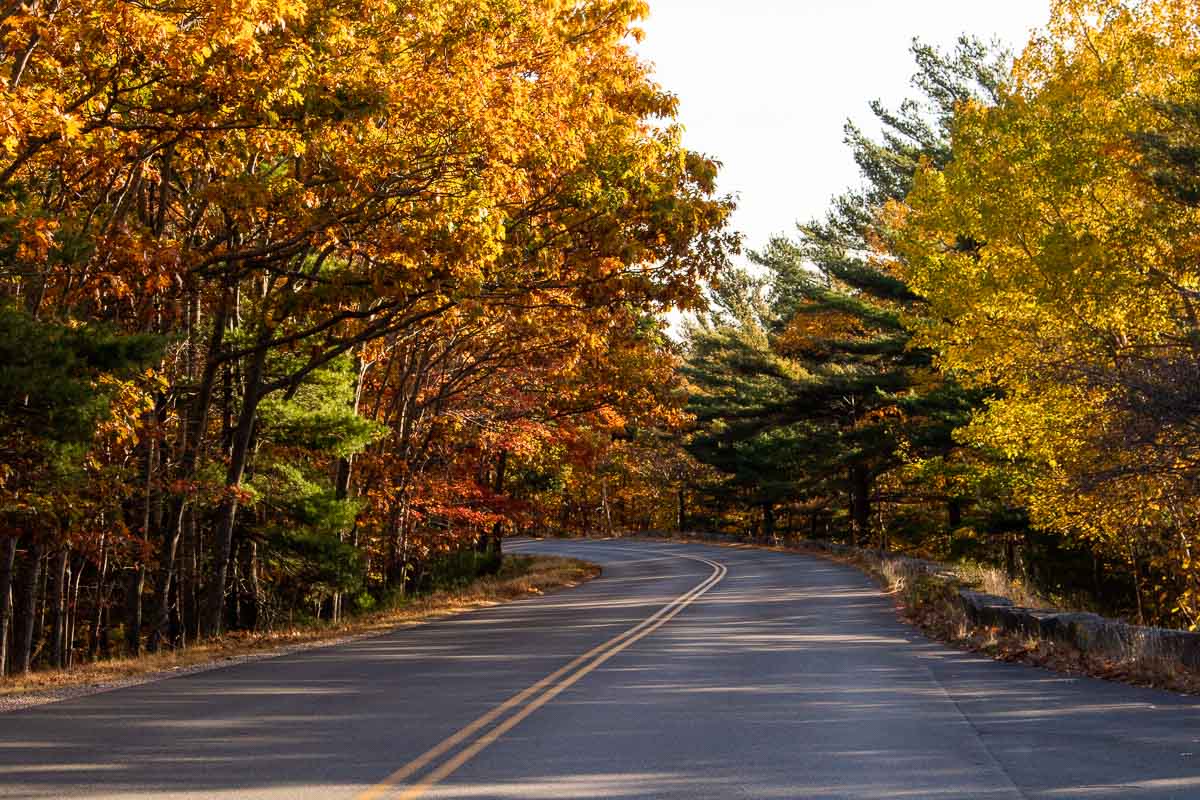
Some National Parks Might Still Be Accessible
At parks with areas that are physically accessible to the public—meaning that due to their physical characteristics it is impossible or impractical to restrict public access, including park roads, lookouts, trails, campgrounds, and open-air memorials—these areas will remain physically accessible to the public.
This would include the National Mall and Memorial Parks in Washington, D.C. However, staffing levels and services including restroom and sanitation maintenance, trash collection, road maintenance, campground operations, and emergency operations will vary and are not guaranteed.
Concessions located in areas that are accessible to the public may continue to operate during a lapse in appropriations if no NPS resources are required to support concession operations beyond excepted services and critical health, safety and protection services.
Subject to the approval of the NPS Director Chuck Sams, parks may enter into non-reimbursable arrangements with state, local or Tribal governments, cooperating associations, and/or other third parties for donations to fund the full operation of an individual park site or of specified services that clearly benefit the park and public by providing enhanced visitor health, protection and safety.
The NPS is, however, not authorized to reimburse third parties that provide donations for such services.
So far, governors from states like Utah and Arizona have said they’re planning on keeping (some of) their national parks open—specifically the “Mighty 5” national parks in Utah and Grand Canyon National Park in Arizona.
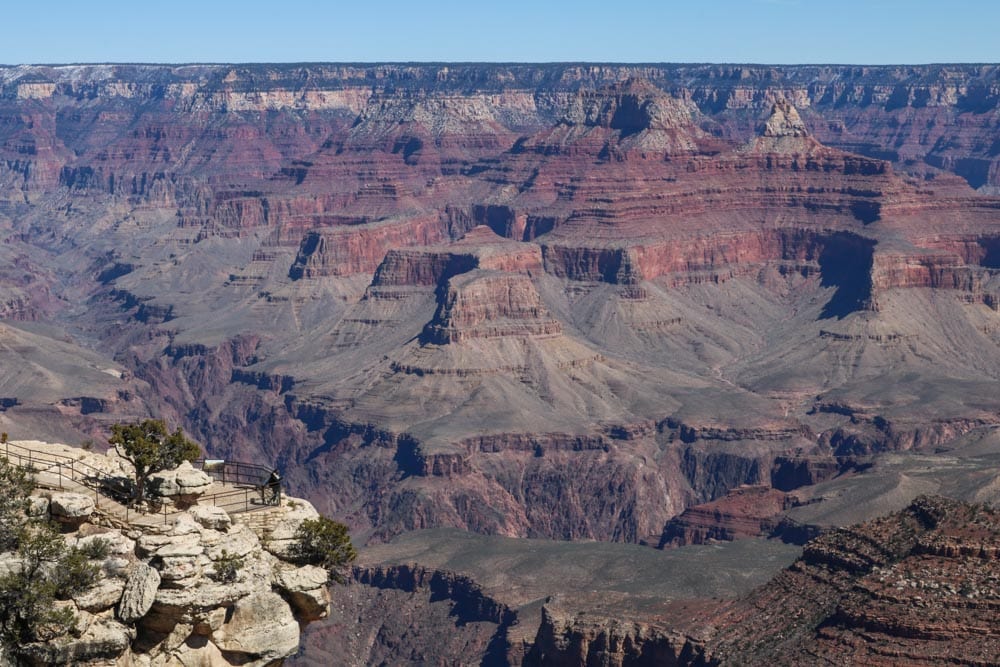
Activities to Protect Life and Property Will Remain Ongoing
During a potential lapse in government funding, the NPS will continue activities necessary to protect life and property, expressly authorized by law, and necessarily implied by law, including:
- Law enforcement and emergency response
- Border and coastal protection and surveillance
- Fire suppression for active fires or monitoring areas currently under a fire watch
- Protection of federal lands, buildings, waterways, equipment, and other property within the National Park System, including research property
- Activities that ensure production of power and maintenance of the power distribution system
- And other services and activities as designated in the National Park Service’s contingency plan.
Additional contingency plans for bureaus and offices across the Department can be found online at doi.gov/shutdown.

